
Japanese Sushi Guide: Types, Etiquette, and Must-Try Places
Sushi is one of Japan's most iconic and beloved dishes, known worldwide for its delicate flavors, fresh ingredients, and beautiful presentation. In Japan, sushi is both a traditional art form and a staple of Japanese cuisine, with a rich history that dates back centuries. From casual sushi bars to high-end omakase experiences, sushi is enjoyed by locals and visitors alike across Japan. Learning about the different types of sushi, dining etiquette, and must-try places can greatly enhance your sushi experience in Japan.
This guide explores the different types of sushi, the key points of sushi etiquette, and some top recommendations for sushi restaurants in Japan.
Contents
1. Types of Sushi
Sushi comes in a variety of styles, each with its own ingredients, preparation techniques, and cultural significance. Here are some of the most popular types of sushi you’ll encounter in Japan:
Nigiri (握り寿司)
Nigiri is the most common type of sushi, consisting of a small oval-shaped mound of rice topped with a slice of raw fish or other seafood. The rice is often seasoned with a hint of vinegar and sometimes brushed with soy sauce. Popular toppings include tuna, salmon, shrimp, eel, and squid. Nigiri is typically served in pairs and can also include non-fish toppings like tamago (sweet omelet).
Sashimi (刺身)
While not technically sushi since it lacks rice, sashimi is often enjoyed alongside sushi. Sashimi consists of thinly sliced raw fish or seafood, often served with garnishes like daikon radish, shiso leaves, and wasabi. Popular sashimi options include tuna, salmon, yellowtail, and octopus. It’s enjoyed for its pure flavor and fresh taste.
Maki (巻き寿司)
Maki, or rolled sushi, is made by rolling fish and vegetables in rice and seaweed (nori) using a bamboo mat. The roll is then sliced into bite-sized pieces. Common types of maki include hosomaki (thin rolls with one ingredient, like cucumber or tuna), and futomaki (thicker rolls with multiple fillings). Maki is a versatile and visually appealing type of sushi, often served in sets.
Temaki (手巻き寿司)
Temaki, or hand rolls, are cone-shaped sushi rolls made with nori wrapped around rice and various fillings. Temaki is meant to be eaten by hand and is popular for its casual and easy-to-eat nature. Common fillings include tuna, salmon, cucumber, and avocado. Temaki is a favorite at sushi parties and is ideal for sharing with friends and family.
Chirashi (ちらし寿司)
Chirashi, or “scattered sushi,” is a type of sushi where various ingredients, such as slices of sashimi, vegetables, and tamago, are scattered over a bowl of sushi rice. Chirashi is popular for its colorful presentation and variety of flavors, offering a more relaxed way to enjoy sushi ingredients without the formality of individual pieces.
2. Sushi Etiquette
When dining at a sushi restaurant in Japan, following certain etiquette can enhance your experience and show respect to the chef and the establishment. Here are some essential sushi etiquette tips:
Use Hands or Chopsticks
You can eat sushi with either your hands or chopsticks, depending on the type of sushi and your personal preference. Nigiri and maki can be eaten with hands, while sashimi is traditionally eaten with chopsticks. If you’re unsure, you can observe other diners or ask the chef.
Soy Sauce Etiquette
When dipping sushi in soy sauce, lightly dip the fish side rather than the rice side to prevent the rice from falling apart. Avoid over-dipping, as too much soy sauce can overpower the delicate flavors of the sushi. For nigiri, some chefs pre-season the sushi, so you may not need soy sauce.
Use Wasabi Sparingly
Many sushi chefs already place wasabi between the rice and the fish, so adding extra wasabi to soy sauce is usually unnecessary. If you want more wasabi, you can ask the chef to add a bit more directly to your sushi.
Eat in One Bite
Each piece of sushi is meant to be eaten in one bite to fully experience the balance of flavors. Chefs carefully design each piece with the right proportions of rice and fish, so savoring it in a single bite is ideal.
Enjoy Pickled Ginger as a Palate Cleanser
The pickled ginger (gari) served with sushi is meant to cleanse the palate between different types of sushi. It’s not typically added to the sushi itself. Eating ginger between bites allows you to appreciate the subtle flavors of each piece.
3. Must-Try Sushi Places in Japan
Japan is home to some of the world’s best sushi restaurants, from high-end establishments to casual sushi bars. Here are a few renowned sushi spots to try on your visit:
Sukiyabashi Jiro (Tokyo)
Perhaps the most famous sushi restaurant in the world, Sukiyabashi Jiro in Tokyo’s Ginza district is led by sushi master Jiro Ono. This three-Michelin-star restaurant offers a meticulously crafted omakase experience, where each piece of sushi is carefully prepared to highlight the natural flavors of the fish. Due to its popularity, reservations can be challenging, but for serious sushi lovers, dining at Sukiyabashi Jiro is a once-in-a-lifetime experience.
Sushi Dai (Tokyo, Tsukiji Outer Market)
Sushi Dai, located near the Tsukiji Outer Market, is known for its fresh, high-quality sushi at a relatively affordable price. While the restaurant is small, and lines can be long, the experience is well worth the wait. Sushi Dai’s omakase set includes a range of seasonal fish and seafood that showcases the freshness of the market, making it a favorite among locals and tourists alike.
Sushi Saito (Tokyo)
Sushi Saito in Roppongi is another highly regarded sushi restaurant, holding three Michelin stars and a reputation for exceptional quality. Chef Takashi Saito’s omakase is famous for its delicate flavors, perfect rice texture, and precise craftsmanship. Sushi Saito’s intimate setting and limited seating make for a highly personalized experience. Reservations are essential and can be booked months in advance.
Sushisho Masa (Tokyo)
Located in Tokyo’s Shibuya district, Sushisho Masa offers a unique omakase experience that includes a larger variety of cuts and preparations, often totaling over 30 pieces in a single meal. Chef Masa’s innovative approach combines traditional techniques with creative touches, making this an ideal spot for adventurous sushi lovers looking to try rare and unique types of fish. The intimate counter setting and attentive service add to the memorable experience.
Harukoma (Osaka)
For a more casual sushi experience in Osaka, Harukoma is a popular and lively sushi bar that offers high-quality sushi at affordable prices. Located in the Tenjinbashi shopping arcade, Harukoma is known for its generous portions and fresh ingredients. The friendly, bustling atmosphere and accessible pricing make it a great spot to enjoy authentic sushi without the formality of high-end establishments.
Kyubey (Tokyo)
Kyubey, with its main branch located in Ginza, is a well-established sushi restaurant known for its consistently high quality and attentive service. The chefs at Kyubey are dedicated to providing a memorable omakase experience, carefully selecting seasonal ingredients and preparing each piece with precision. Kyubey offers a welcoming atmosphere and various dining options, making it a top choice for those seeking an elegant yet approachable sushi experience.
4. Conclusion: Enjoying Sushi in Japan
Experiencing sushi in Japan is about more than just the food—it’s an opportunity to appreciate the skill, tradition, and culture behind each piece. From understanding the different types of sushi to observing proper etiquette, a little knowledge goes a long way in enhancing your dining experience. Whether you’re savoring omakase at a Michelin-starred restaurant or enjoying a quick meal at a sushi bar, Japan’s sushi scene offers something for every palate and budget. As you explore, let each bite connect you with Japan’s rich culinary heritage.
Share
You may also like
-

Visiting Japan’s Love Hotel Districts: What to Expect
Japan’s love hotel districts are famous for their unique and fascinating blend of privacy, creativity, and a touch of...
-

Top 10 Late-Night Dining Spots in Tokyo’s 24-Hour Cafes
Tokyo’s vibrant nightlife extends well beyond bars and nightclubs, with a thriving late-night dining culture tha...
-
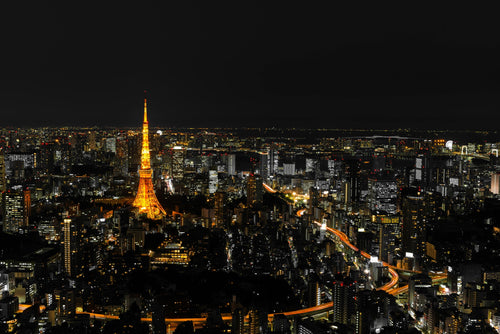
Best Night Tours in Tokyo for After-Dark Adventures
Tokyo’s nightlife is renowned for its energy, vibrancy, and unique blend of traditional and modern experiences. From ...
-
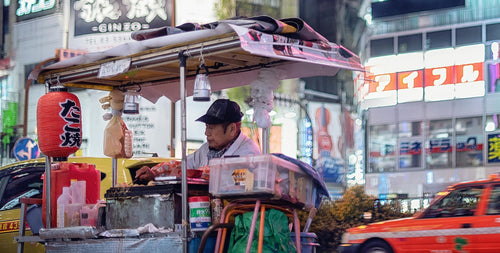
Japan’s Late-Night Food Culture: 8 Best Street Eats
Japan’s late-night food culture is a vibrant experience, especially in bustling cities like Tokyo and Osaka, where de...
-

7 Rooftop Bars in Tokyo for Stunning Views
Tokyo’s rooftop bars offer some of the best ways to soak in the city’s skyline while enjoying drinks, atmosphere, and...
-

10 Best Nightclubs in Tokyo for Dancing and Music Lovers
Tokyo's nightlife is renowned for its variety and energy, with nightclubs that range from high-energy dance floors to...
-
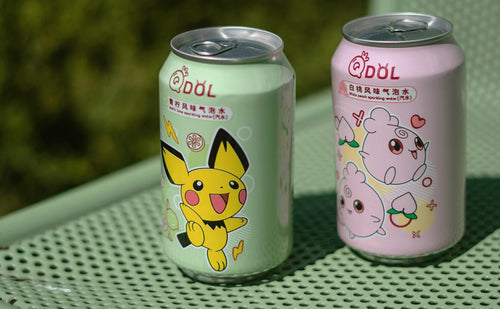
8 Themed Bars and Cafes You Need to Visit in Tokyo
Tokyo is famous for its creative and quirky themed bars and cafes, offering immersive experiences for locals and...
-

Tokyo Nightlife Guide: Shinjuku, Shibuya, and Roppongi Highlights
Tokyo’s nightlife is legendary, offering a mix of vibrant energy, entertainment, and unique experiences in some of it...
-
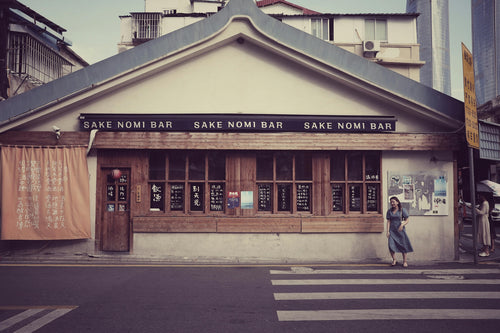
7 Best Japanese Sake Bars in Tokyo
Tokyo is home to some of Japan’s best sake bars, offering both locals and visitors an opportunity to explore the...
-
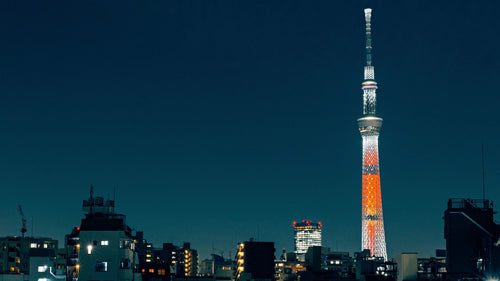
Top 6 Observation Decks in Tokyo for Scenic Views
Tokyo’s observation decks offer some of the best panoramic views of the city, giving visitors a chance to see th...
-
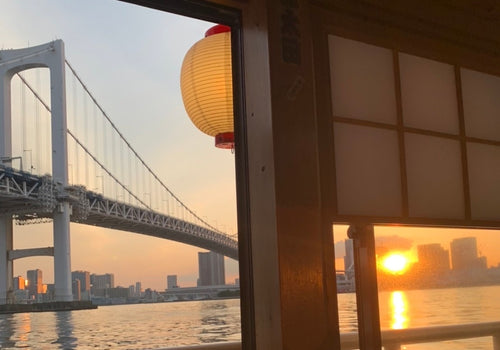
Night Cruises in Tokyo: Enjoy the City Views
Tokyo’s skyline is mesmerizing at any time, but experiencing it from the water on a night cruise adds a magical ...
-
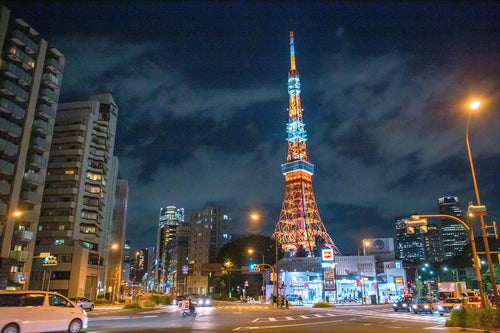
Roppongi Art and Nightlife Guide
Roppongi is one of Tokyo’s most vibrant districts, known for its lively nightlife, sophisticated art scene, and ...
-
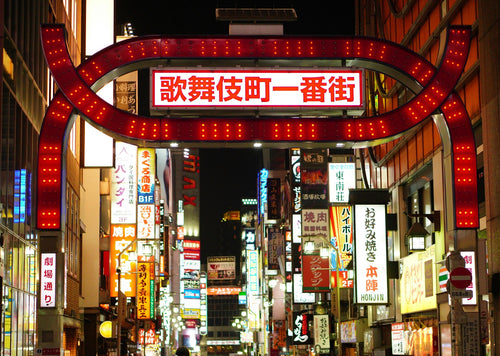
Nightlife Guide to Shinjuku Kabukicho
Shinjuku’s Kabukicho district, known as Tokyo’s “Sleepless Town,” is the center of nightlife in Tokyo. Renowned ...
-
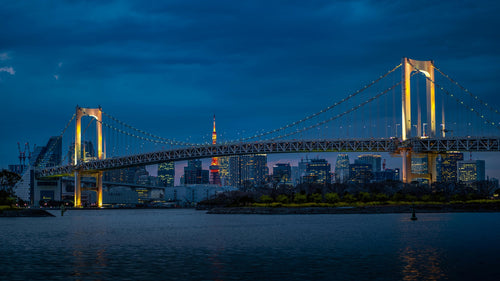
6 Best Night View Spots in Tokyo
Tokyo at night is a breathtaking spectacle, with illuminated skyscrapers, iconic landmarks, and bustling streets that...
-
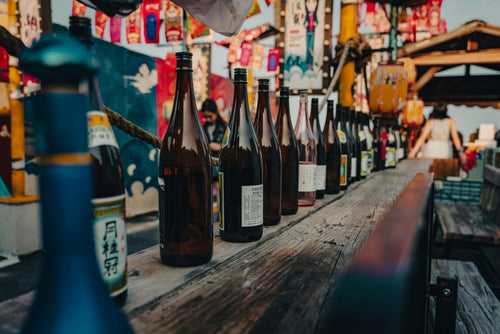
Top 12 Sake Breweries in Japan for Tasting and Tours
Japan’s sake culture is celebrated around the world for its depth, complexity, and rich history. Sake, or nihons...
-
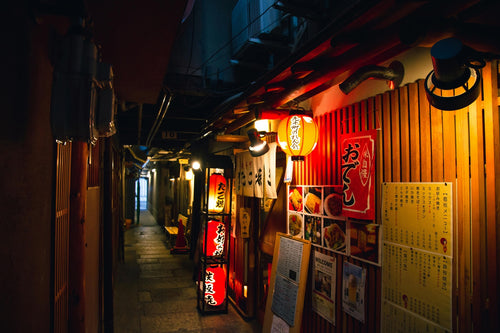
How to Enjoy a Night at a Japanese Izakaya
Japanese izakayas are casual, lively spots where locals gather after work to enjoy drinks, share small plates, a...
-

Exploring Karaoke Culture in Japan: 8 Best Places to Sing
Karaoke is an integral part of Japanese culture, offering a fun and entertaining way for friends, family, and even co...
-
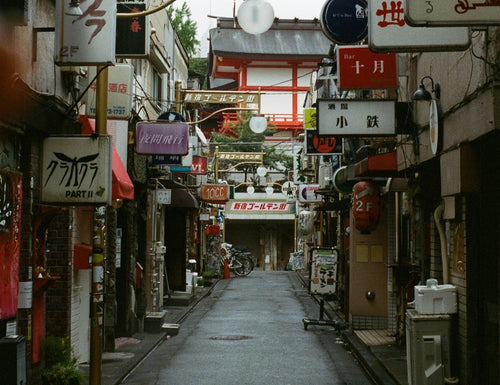
5 recommended bars in Golden Gai
Golden Gai, nestled in the heart of Tokyo’s Shinjuku district, is one of the city’s most iconic bar districts. Known ...
-
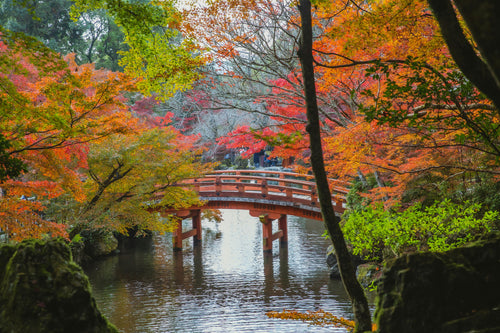
10 Japanese Gardens You Should Visit for Tranquility
Japanese gardens are renowned for their beauty, tranquility, and intricate designs that reflect harmony with nature. ...
-
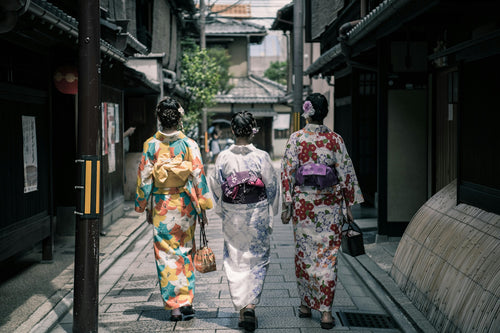
Japan’s Kimono Heritage: Symbolism, Style, and Where to See
The kimono, Japan’s traditional garment, is a beautiful and symbolic representation of Japanese culture. From its int...
-
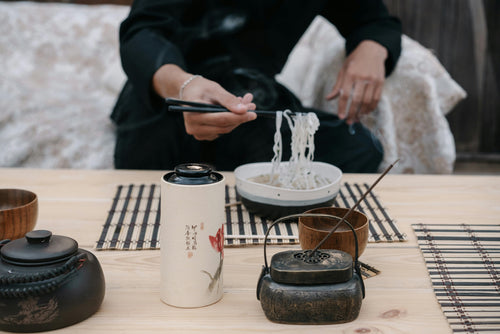
Etiquette Essentials for Visitors to Japan
Japan’s culture is rich in respect, politeness, and consideration, making etiquette an essential part of daily l...
-

7 Best Places to Discover Japan’s Samurai History
Japan’s samurai history is one of honor, skill, and deep cultural influence, stretching back centuries and leaving an...
-
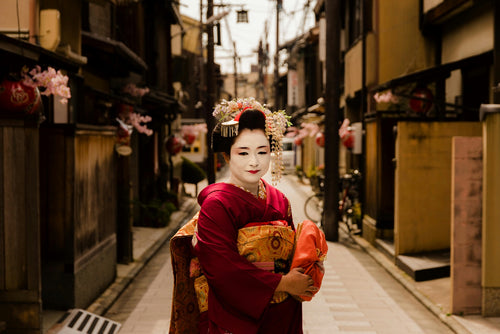
Geisha Culture in Japan: Myths and Realities
The world of geisha, Japan’s skilled performers and keepers of traditional arts, has long intrigued people around th...
-
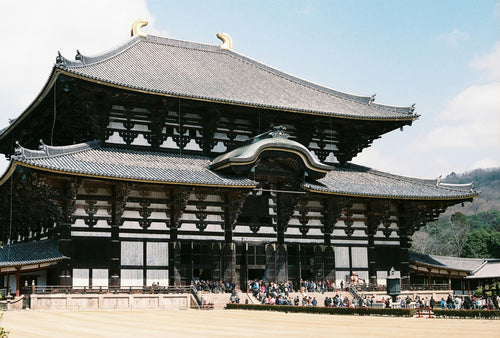
Japan’s Unique Architecture: Top 8 Traditional and Modern Landmarks
Japan is renowned for its unique blend of ancient architectural heritage and cutting-edge modern designs. From c...
-
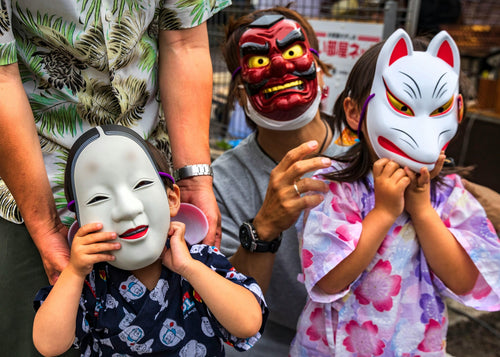
10 Traditional Japanese Festivals (Matsuri) You Can’t Miss
Japanese festivals, or *matsuri*, are vibrant celebrations of cultural heritage, featuring elaborate costumes, l...
-
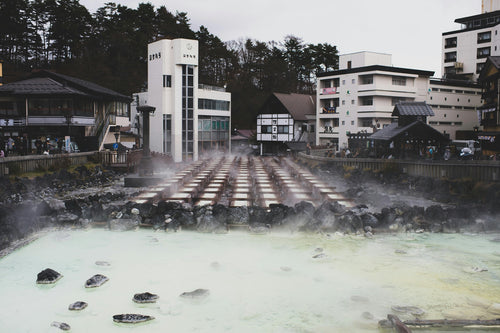
Japan’s Three Great Onsen: A Guide to Famous Hot Springs
Japan is famous for its natural hot springs, or *onsen* (温泉), offering visitors a unique opportunity to relax and rej...
-
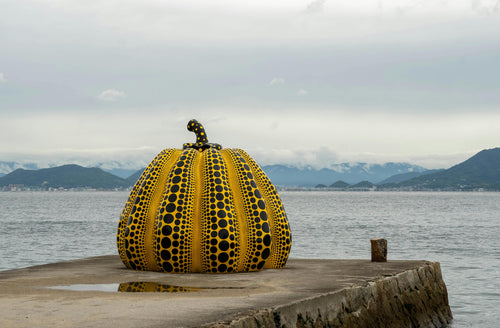
Japanese Art Exploration: Best Spots to Enjoy Art in Japan
Japan is a country rich in artistic heritage, from centuries-old traditional crafts to modern, innovative instal...
-

Guide to Japan’s Fireworks Festivals: When and Where to Go
Japan’s summer fireworks festivals, known as "hanabi taikai" (花火大会), are among the most anticipated events in th...
-
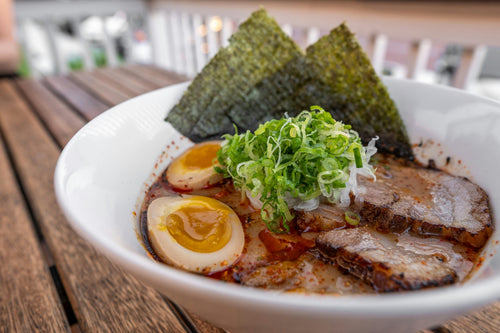
Where to Experience Ramen-Making Classes in Japan
Ramen is one of Japan’s most beloved dishes, with countless regional styles and flavors that attract food lovers from...
-
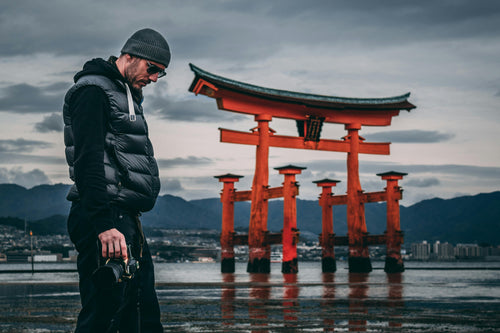
Power Spot Tours: Japan’s Famous Temples and Shrines
Japan is a land steeped in spiritual history, and visiting its temples and shrines provides not only a glimpse i...
-
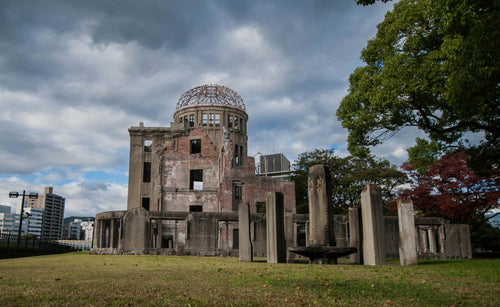
UNESCO World Heritage Site Tour Guide in Japan
Japan is home to numerous UNESCO World Heritage Sites, each offering a glimpse into the country’s rich cultural herit...
-
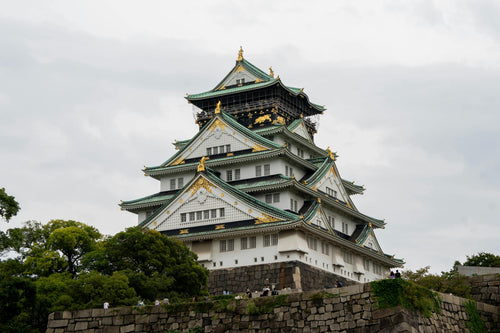
5 Famous Japanese Castles: History and Highlights
Japan is home to some of the most beautiful and historically significant castles in the world. Built during the feuda...
-
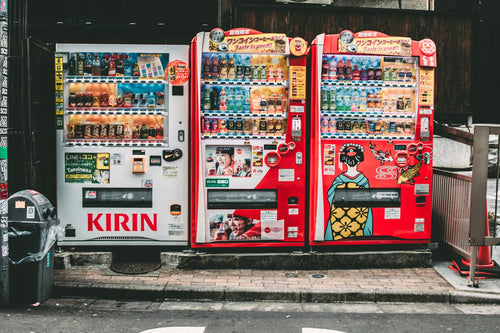
10 Unique Drinks to Try from Japanese Vending Machines
Japan is famous for its vending machines, offering an incredible variety of drinks that go beyond just soft drinks an...
-
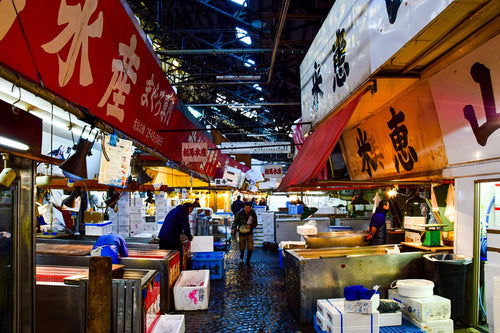
Tokyo Market Guide: Exploring Tsukiji and Toyosu Markets
Tokyo's Tsukiji and Toyosu Markets are must-visit spots for food lovers and anyone interested in Japan’s rich culinar...
-
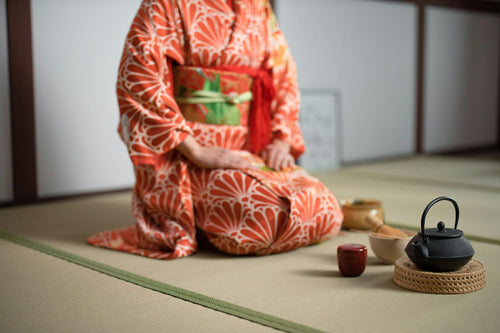
Experiencing Traditional Tea Ceremony in Tokyo
The Japanese tea ceremony, or "chanoyu," is a cultural experience steeped in tradition, aesthetics, and mindfulness....
-
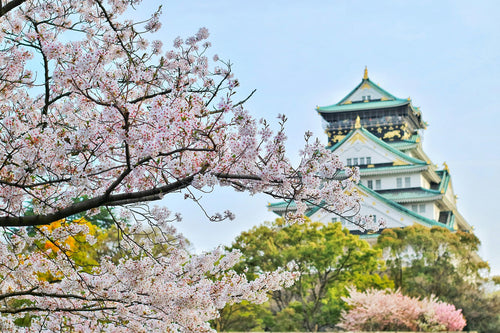
Top 7 Cherry Blossom Viewing Locations in Tokyo
Springtime in Tokyo is synonymous with the cherry blossom season, a breathtaking period when the city’s parks, rivers...
-
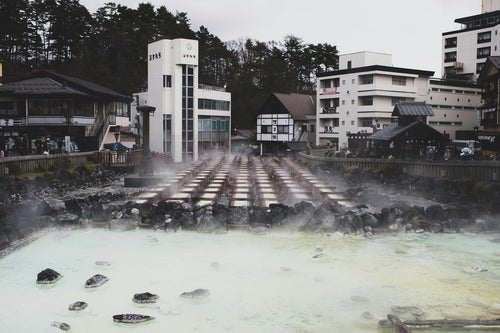
What is Onsen? A Guide to History, Benefits, and Etiquette
Onsen, Japan’s cherished hot spring culture, offers a unique blend of relaxation, scenic beauty, and deep-rooted trad...
-
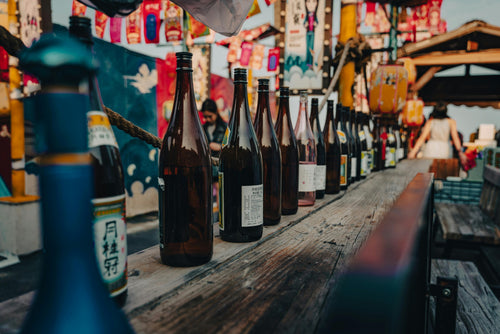
What is Sake? Its Production Method and History
Sake is a traditional Japanese alcoholic beverage made from fermented rice. It has been enjoyed in Japan for over a t...
-

8 hot springs with beautiful scenery near Tokyo
Tokyo is a bustling metropolis, but just outside the city are some of Japan's most serene hot springs, or onsens, off...
-

Top 10 museum to visit in Tokyo
Tokyo is home to a diverse range of museums that cater to all interests, from art and history to technology and pop c...
-
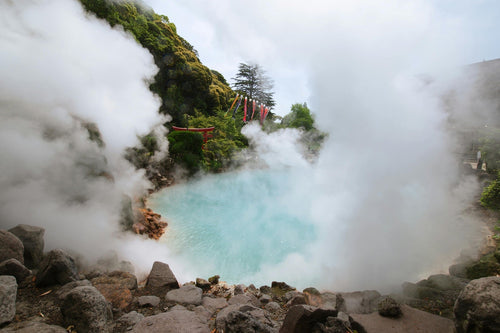
9 Best Hot Spring and Bathhouse in Tokyo
Tokyo is known for its vibrant urban energy, but it's also a fantastic place to relax and rejuvenate in hot springs (...
-
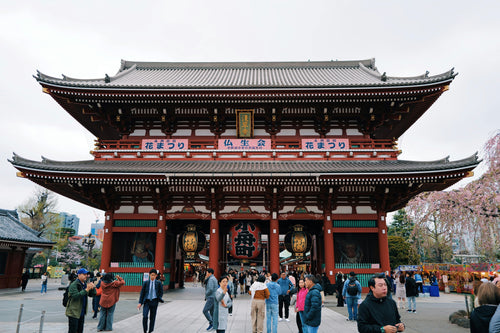
15 Famous Temples and Shrines to Visit near Tokyo
Tokyo and its surrounding areas are home to many famous temples and shrines that showcase Japan's rich spiritual and ...










































